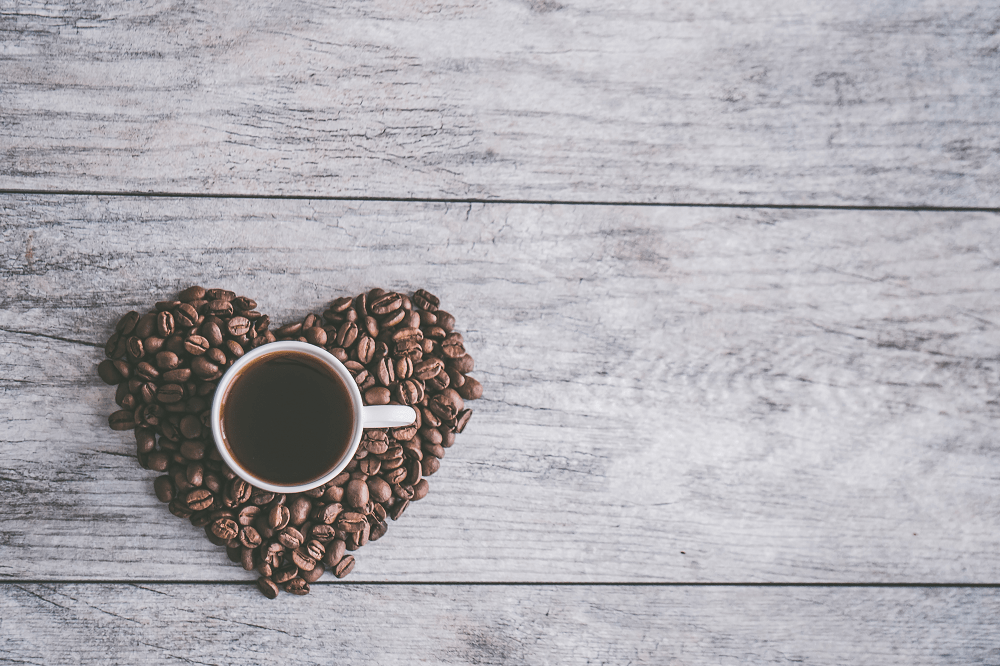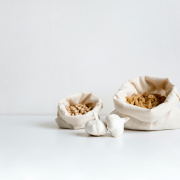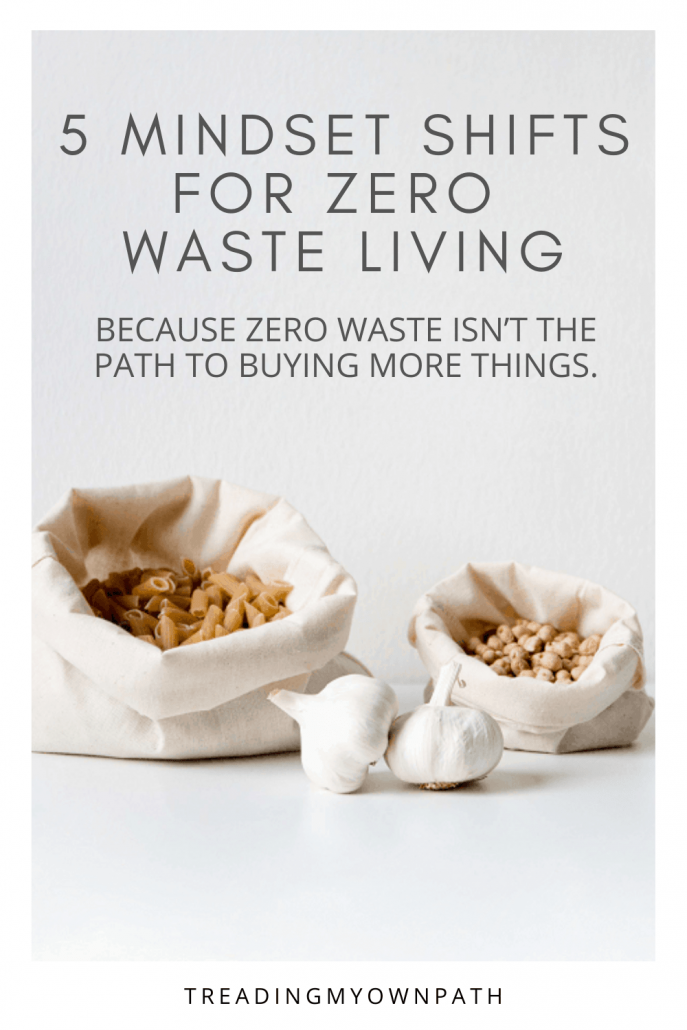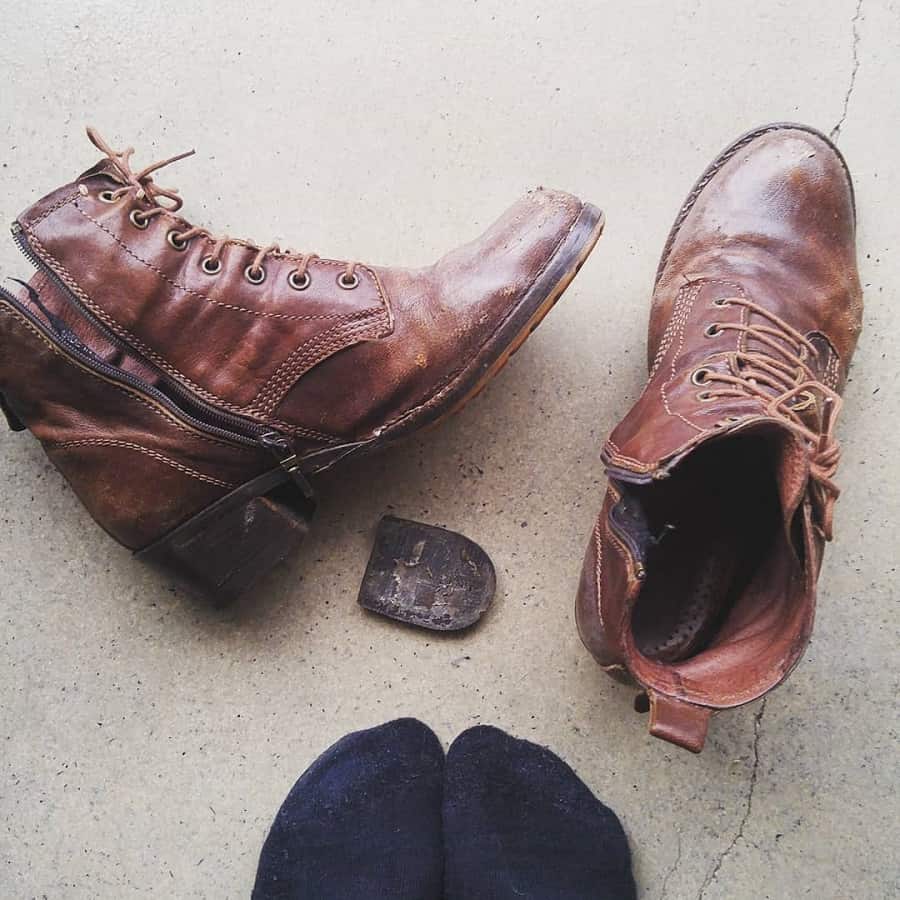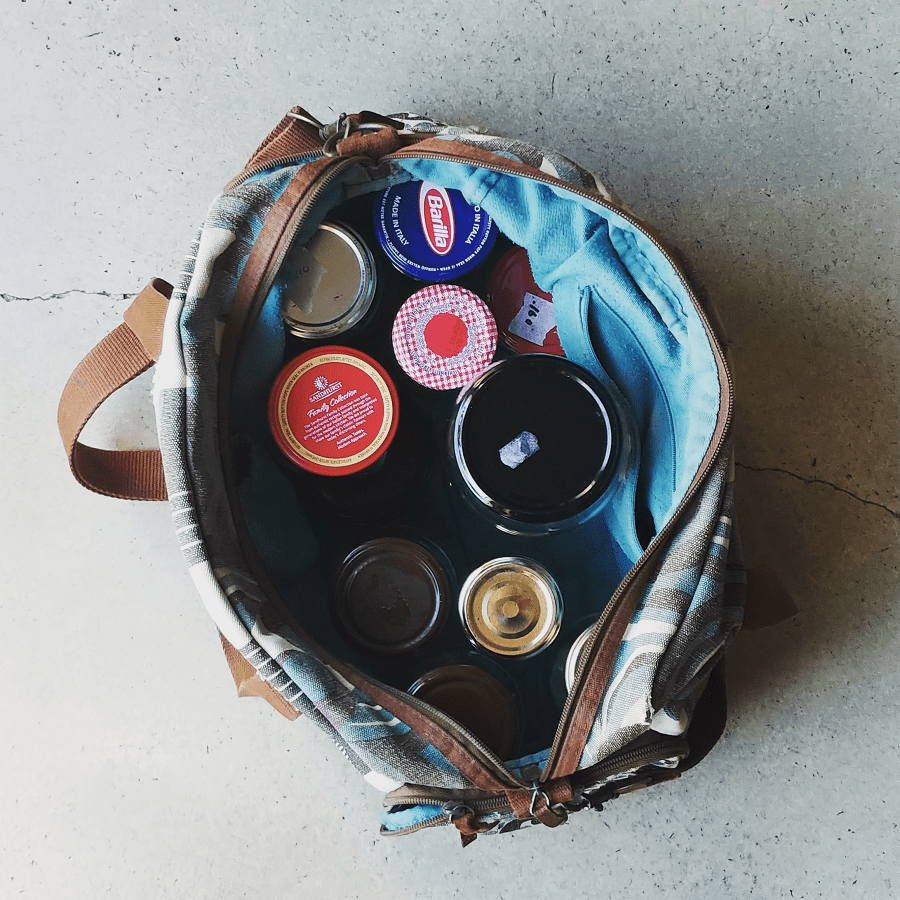My Zero Waste Coffee Routine
Earlier this year, my old coffee machine finally gave up the ghost. It’s a miracle she lasted as long as she did: given to me second-hand, a bottom-of-the-range model that made surprisingly good coffee and survived almost daily use for seven years.
She had a couple of repairs and fixes in her time…

…but finally the pump went, and she was officially declared life-expired.
What remains is a mix of plastic, metal and electronic parts that are hardly a recycler’s dream. The metal will be recycled, but I don’t hold any hope for the plastic parts (which is most of it).
I didn’t want a replacement machine that was going to go the same way as this one. I wanted one with less bells and whistles (or rather, bits that can break and plastic parts), something made to last, much more repairable, and recyclable (if it comes to that).
Sure, I’m familiar with the French Press, and the stove-top espresso maker (also known as the moka pot). But the old machine made a proper espresso. And I wanted the replacement to do so too.
My answer was a lever press espresso machine: these create pressure to make espresso not through electricity and pumps but through manual levers and muscle power!
Many lever press espresso machines do not require electricity (although you need hot water to make hot coffee).
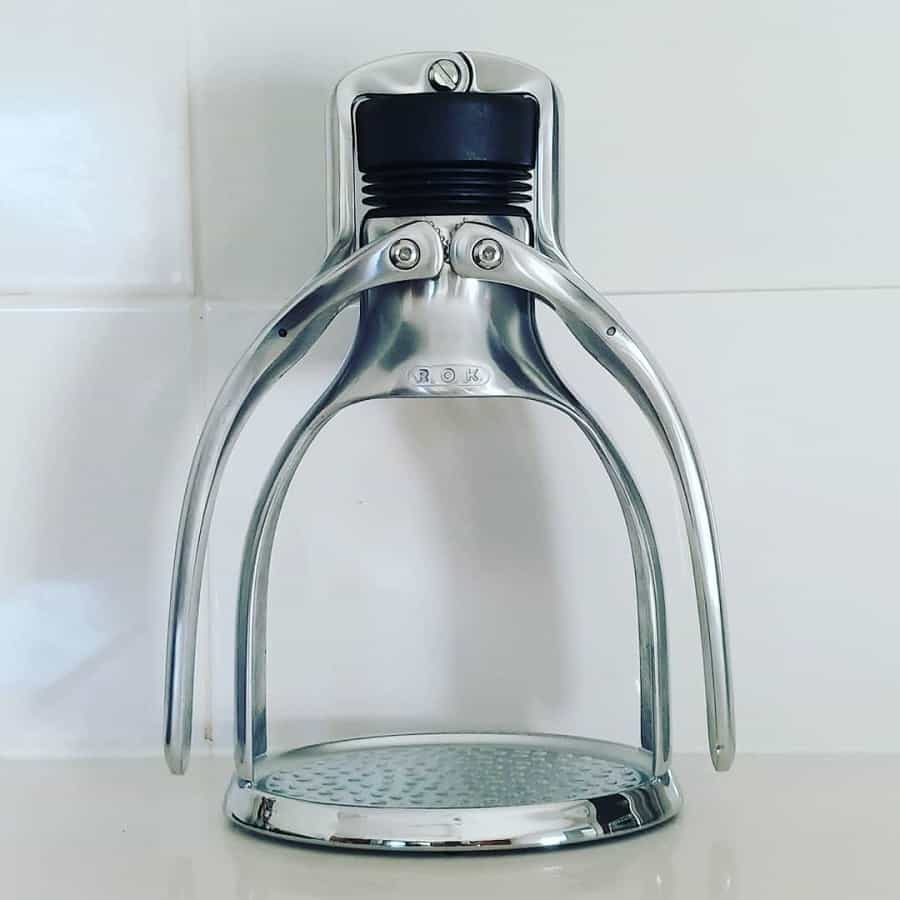
This machine is called the ROK espresso GC, made by ROK. There are a few different versions of lever press espresso machines on the market (and some of the price tags will blow your mind) but this one was the clear winner for me, not because of aesthetics (although she is stunning, for sure) but because of the ethos of the company behind the product.
Lots of companies say they are committed to sustainability but ROK really demonstrate these values with everything they do.
- The plastic parts are minimal. Nor do they ship in plastic. The main body is made of die-cast aluminium (completely recycable, hurrah);
- They offer a 10 year warranty on all metal parts, and sell spares of the other parts;
- ROK was originally called Presso, and the design was slightly different. When they switched to the current design (the GC), they launched a conversion kit meaning all current owners could upgrade their existing model without having to buy a whole new machine;
- They won ‘Most Sustainable Product’ in the kitchenware category at the 2019 Buy Me Once Excellence Awards, who judge brands on their commitment to sustainability, durability, aftercare and eco-innovation.
When I emailed ROK to talk sustainability, they kindly offered to send me a ROK espresso machine to try, which was very generous and for which I’m immensely grateful. Six months later, the machine I was gifted is still as loved as ever, and I use it every day.
I didn’t just want to talk about machines though – I wanted to talk through my entire coffee routine, from start to finish. From beans to milk and all in-between.
Before anyone even thinks about bringing up the fact that it would be much more sustainable to not drink coffee at all and just sip rainwater, I get it. Yep. You’re right. But I like coffee. And I personally don’t think drinking a cup of coffee in the morning at home is that extravagant, in the scheme of things.
There are worse ways to have a footprint. If I’m going to drink coffee, the least I can do is make it as low impact as possible.
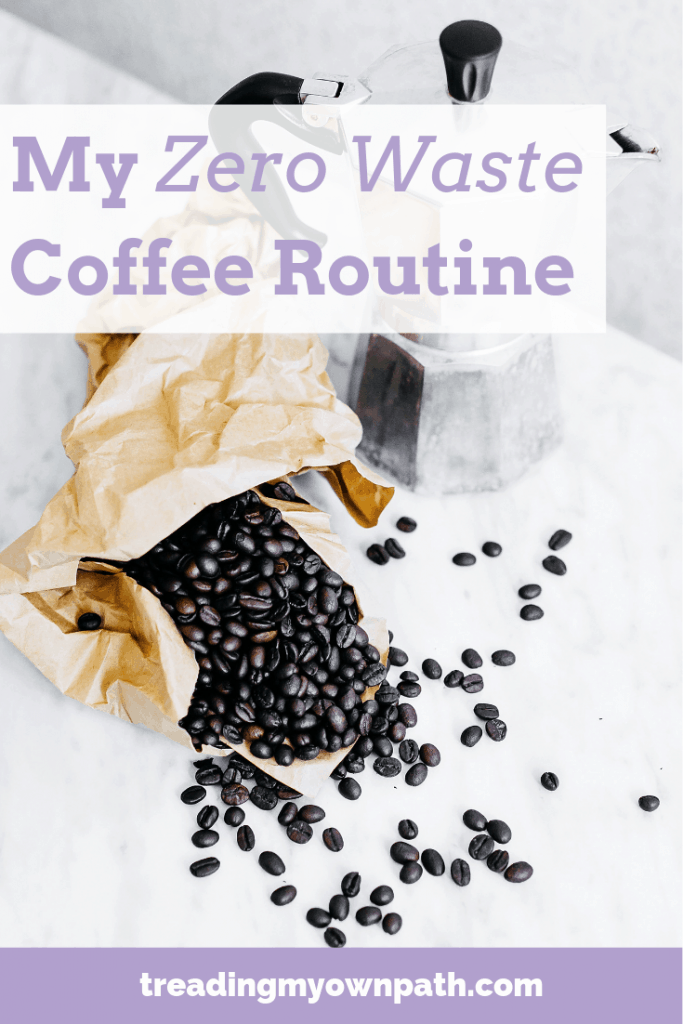
The Coffee Beans
I buy my coffee beans from a local roastery Antz. They source their beans in bulk from ethical co-operatives (such as this one in Colombia), roast the beans themselves and sell to customers without packaging.

They also have a grinder, so I get my beans ground freshly at the cafe.
It ticks a lot of boxes for me: supporting a small local business, supporting Fair Trade and cooperatives, and avoiding unnecessary packaging.
(It’s possible to find Australian grown coffee beans, but they grow on the other side of the country, in Queensland and northern NSW. I’ve never seen these beans in store, only online. And always in plastic.)
The Milk
My old coffee machine had a steam wand to foam milk. The lever espresso machine does not. I add homemade cashew milk to my coffee, and it needs to be warmed first. (Cashew milk has a tendency to sink when added cold, which isn’t a disaster; other plant milks will curdle if not heated before adding to coffee.)
I discovered that such a thing as a stovetop milk steamer exists, and invested in a Bellman stovetop steamer. It’s like a mini pressure cooker: fill with water, screw the lid down tightly and heat. The water builds up steam which is released down the steam wand to make steamed milk.
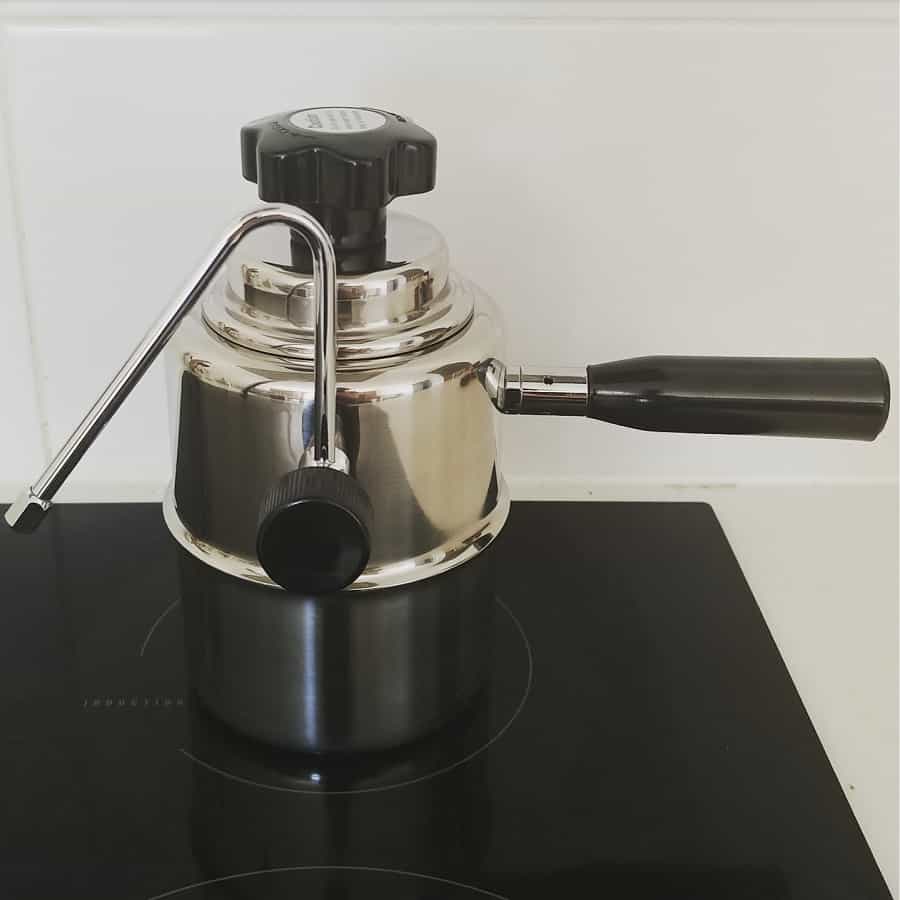
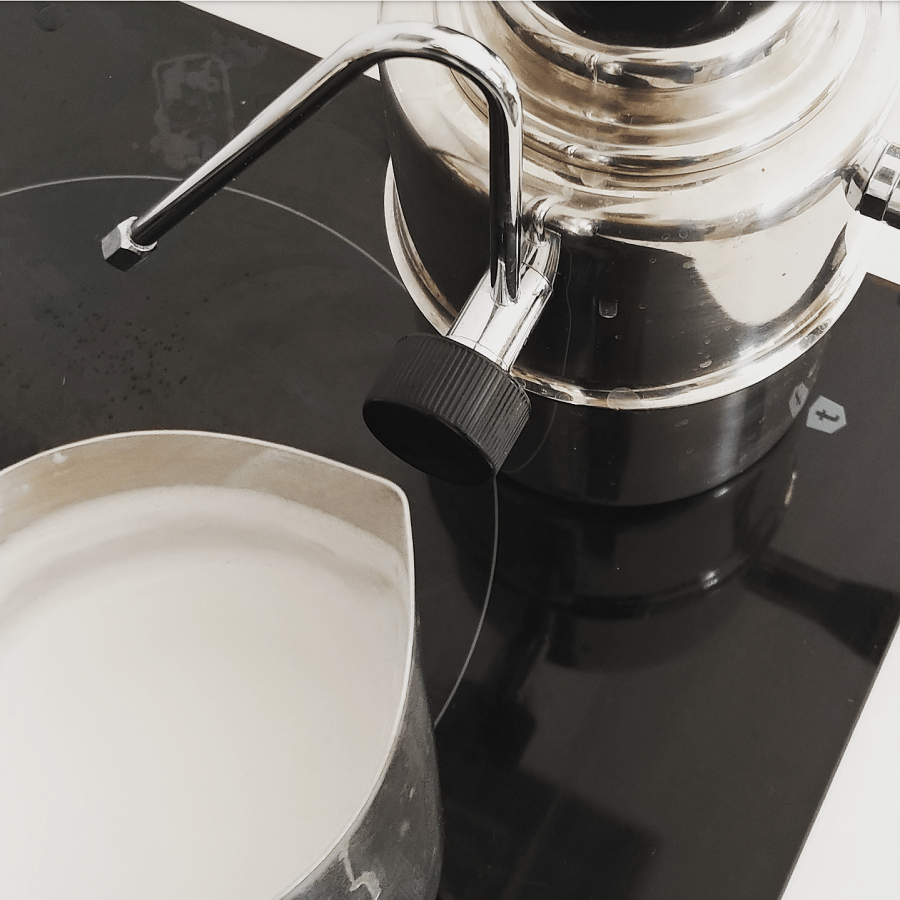
It’s a pretty nifty gadget, suitable for gas, electric or induction stovetops (or campfires!). Being made of solid stainless steel, it should last forever (there are a couple of silicone rings that no doubt will need replacing, but that’s it).
The Coffee Machine
I’ve already introduced you to the ROK espresso machine, but I thought I’d talk you through how it works.

The ground coffee is placed in the portafilter which locks into the machine. boiling water is poured into the black water tank at the top. Lifting the arms slowly releases the water into the coffee below.
Next, pressing the arms slowly back down to their start position over about 30 seconds, the machine pours an espresso, which I then add steamed milk to.
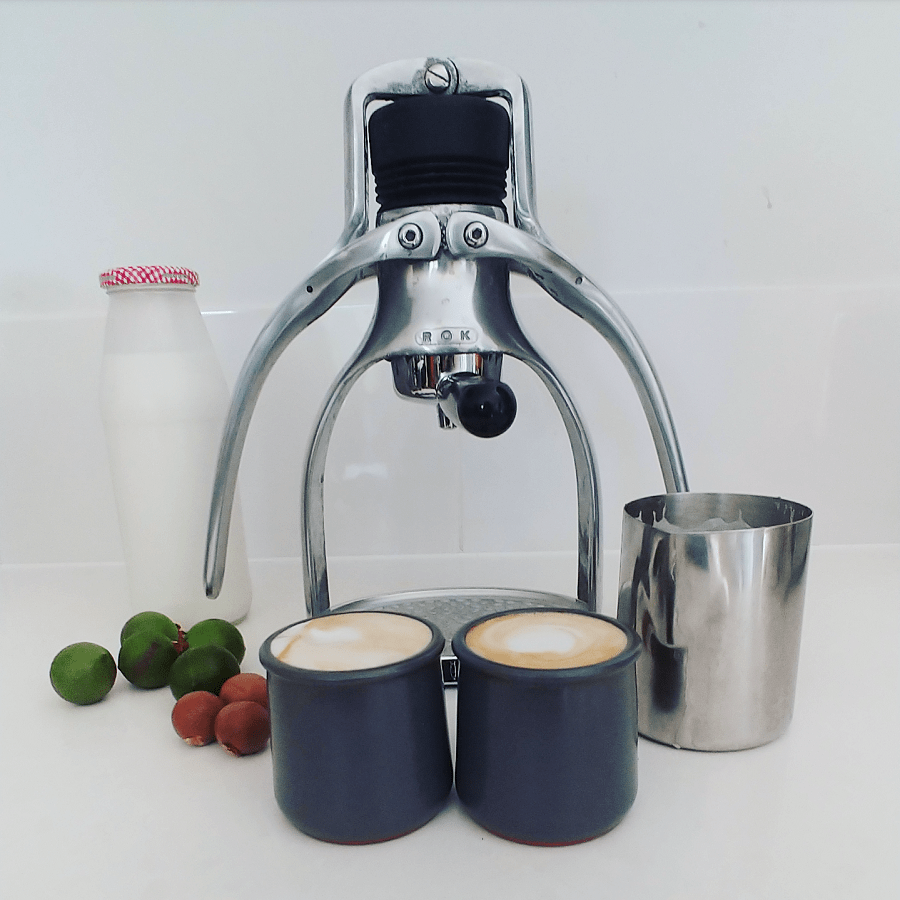
There’s a bit of an art to it, which is actually the point – however, it can be a bit intimidating at first, especially when we’re used to pressing a button. Fortunately there’s a few YouTube videos out there, and it’s fun to practice and learn.
There’s something very mindful about making coffee this way. I really enjoy the way it makes me slow down, and I like the ‘unplugged’ process. It makes my ”coffee break’ an actual break! It’s also really easy to clean, which is always a win in my book.

Find out more about ROK coffee.
Now I’d love to hear from you! Are you a coffee drinker? What is your morning routine and what are you doing/have you done to make it a little bit more sustainable? (It doesn’t have to be coffee – it can be tea, it can be exercise, it can be a beauty or bathroom routine – whatever it is for you!) Anything else to add? Please share your thoughts below :)

